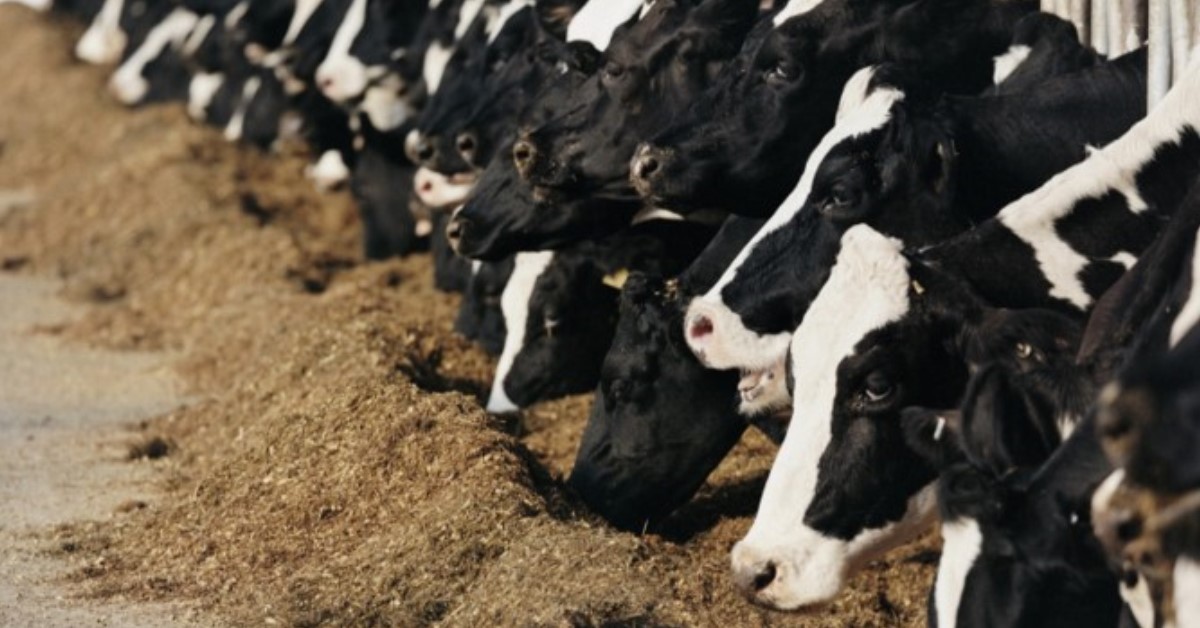
cypruswell
Literature for everyoneUse Of Organic Trace Mineral
Tuesday , 23, February 2021 Business and Management Comments Off on Use Of Organic Trace MineralNutritionists often choose organic micronutrients to ensure adequate availability, absorption, and use of the minerals in the micronutrients. Based on their research, they show that natural forms are much more bioavailable and can even improve zootechnical yields.
For several years, animal food is supplemented by basic trace elements such as copper (Cu), iodine (I), iron (Fe), selenium (Se), and molybdenum (Mo). If you are looking for an organic trace mineral then you can search the web.

Image Source: Google
Trace elements play a key role in many metabolic processes, particularly as catalysts for hormones and enzymes, and are essential for optimal health, productivity and growth.
When adding micronutrients to animal feed, a selection must be made as to the mineral origin -inorganic or organic. Inorganic trace elements include oxides, sulfates or carbonates.
Commercially produced organic elements are primarily produced as chelates, which means that protective chemical bonds are created between the minerals and the appropriate organic chemicals.
Various types of chelates are available in the market, for example using different ligands. Several minerals are chelated with amino acids derived from hydrolyzed soy protein.
Other manufacturers use amino acids to chelate nutrients (this product is known as glycinate or methionate). Various studies have shown that animals consume, absorb, and use chelate minerals better than inorganic minerals.
An additional advantage of the commercial organic mineral trace element is that it protects against interactions with antagonists in the digestive tract.